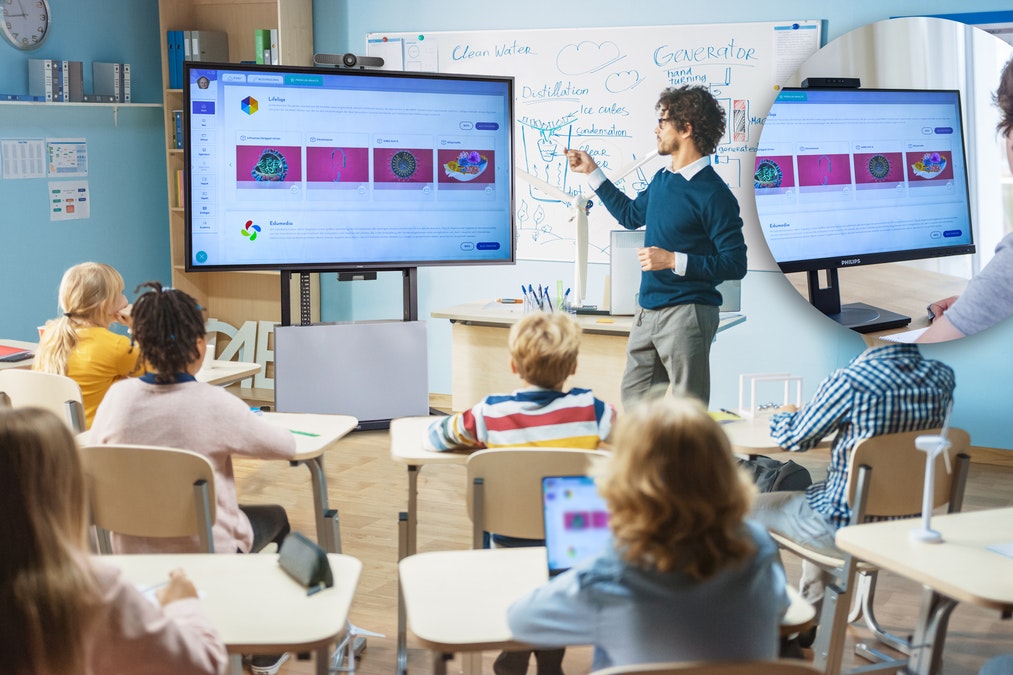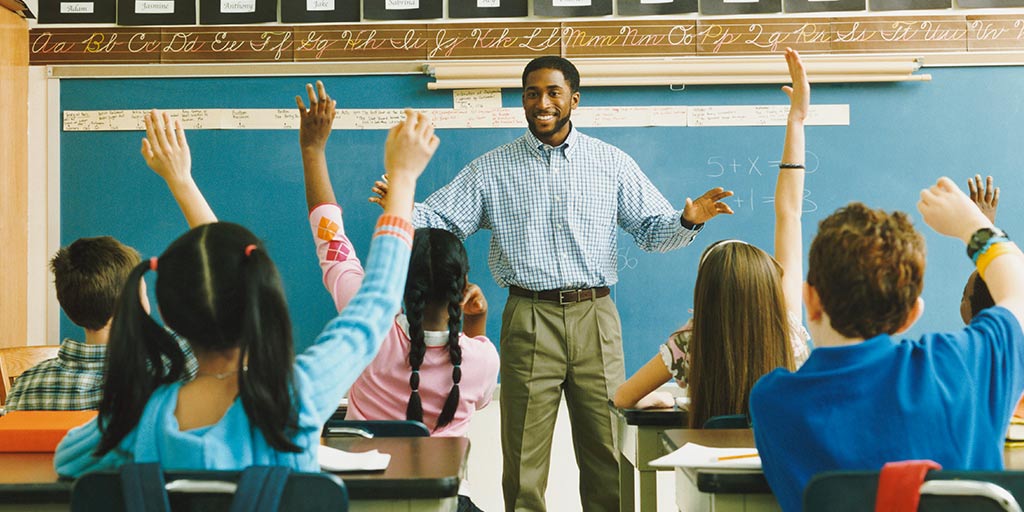Find the Best Primary Science Tuition Singapore for Enhanced Learning
Find the Best Primary Science Tuition Singapore for Enhanced Learning
Blog Article
Checking Out the Various Teaching Approaches in Main Science Education And Learning Today
Inquiry-based knowing, hands-on experiments, and the combination of innovation are redefining just how educators involve young minds. Additionally, collaborative strategies and set apart instruction are being employed to provide to the diverse needs of pupils, boosting both engagement and understanding.
Inquiry-Based Learning
Inquiry-Based Knowing (IBL) is a pedagogical method that motivates pupils to explore clinical ideas via questioning, investigation, and hands-on testing. This method highlights the function of trainees as active participants in their knowing, promoting crucial reasoning and analytical skills. By engaging with real-world inquiries, trainees become determined and interested, which boosts their understanding of scientific principles.
In IBL, educators function as facilitators, assisting pupils as they browse their questions instead of providing information directly. This student-centered method enables differentiation, suiting different finding out rates and designs. Trainees create abilities in creating hypotheses, developing experiments, and evaluating data, which are essential for clinical literacy.
In addition, IBL promotes partnership amongst students, encouraging them to share searchings for and ideas. This collective inquiry advertises social abilities and a feeling of community within the classroom. In addition, the procedure of questions motivates durability, as students discover to embrace failing as a tipping rock towards understanding.
Hands-On Experiments
Hands-on experiments are a vital element of reliable scientific research education, matching the principles of inquiry-based knowing. These experiments enable students to involve straight with clinical concepts, cultivating a deeper understanding through experiential understanding. By controling products and observing end results, young learners can comprehend abstract theories in substantial methods.
Such tasks advertise vital thinking and analytic abilities, as trainees assume end results, conduct experiments, and examine outcomes. This process encourages them to ask questions, refine their understanding, and create a scientific way of thinking. Hands-on experiments can be tailored to diverse discovering styles, guaranteeing that all students have the possibility to engage meaningfully with the content.
Moreover, hands-on experiments usually motivate partnership among peers, advertising synergy and interaction abilities. Operating in teams makes it possible for trainees to share ideas, go over searchings for, and find out from one another, which improves their total educational experience.
Including hands-on experiments into the main scientific research educational program not just enhances the finding out setting yet likewise grows a long-lasting interest in scientific research. By actively joining their education and learning, pupils are a lot more likely to create a passion for clinical query that prolongs past the classroom.

Innovation Combination
Integrating technology right into main scientific research education has actually come to be progressively crucial in cultivating student involvement and improving discovering outcomes. Making use of digital devices, such as interactive simulations, online labs, and academic software application, gives trainees with opportunities to discover scientific principles in innovative ways. These sources facilitate a deeper understanding of complicated topics by permitting learners to imagine and adjust variables that would certainly be impractical in a typical classroom setup.
Moreover, innovation assimilation motivates personalized learning experiences. Students can advance at their own rate, reviewing challenging principles with multimedia resources, which provide to different learning styles. This flexibility not only sustains private development yet additionally grows a feeling of freedom in students.
In addition, modern technology offers as a bridge to real-world science, linking trainees with present study and specialist contributions. Accessibility to scientific journals and on-line databases broadens check my blog pupils' viewpoints on scientific query and fosters critical assuming skills.
Collaborative Understanding
Collective learning plays a crucial function in main scientific research education and learning by cultivating team effort and communication skills amongst trainees. This strategy motivates students to collaborate, read this share understanding, and participate in analytical, which improves their understanding of clinical principles. By joining group activities, trainees find out to express their concepts, listen to diverse viewpoints, and discuss remedies, all of which are vital abilities in both scholastic and real-world contexts.

Study shows that collective learning can result in increased motivation and involvement in science subjects, as students locate enjoyment in shared experiences (primary science tuition Singapore). Additionally, this technique prepares students for future collaborative undertakings, equipping them with the abilities needed for efficient synergy in higher education and learning and specialist atmospheres. Inevitably, embracing collaborative understanding in primary scientific research education and learning can substantially improve the learning experience and advertise a deeper understanding of clinical inquiry
Distinguished Direction

Set apart guideline can materialize in numerous methods, such as differing the web content, procedures, or products of learning. Teachers might utilize tiered assignments that give varying degrees of intricacy, enabling students to work at their corresponding readiness degrees. Furthermore, versatile organizing techniques can facilitate cooperation amongst students with different capabilities, promoting peer knowing.
Evaluation plays a critical duty in this strategy, as it educates guideline and aids teachers recognize each pupil's unique demands. Formative analyses, such as observations and quizzes, can assist instructors in adjusting their methods to improve learning results. primary science tuition Singapore. Inevitably, by carrying out set apart instruction in key scientific research education and learning, instructors can grow a much more equitable and effective understanding setting, encouraging all students to reach their complete possibility in recognizing clinical phenomena
Final Thought
In recap, the varied mentor strategies in primary science education and learning, consisting of inquiry-based knowing, hands-on experiments, technology combination, joint learning, and distinguished guideline, collectively contribute to an extra effective understanding atmosphere. These methods promote crucial reasoning, analytic skills, and a much deeper comprehension of clinical ideas. By carrying out these techniques, instructors can develop helpful and appealing class that attend to the diverse demands of students, ultimately cultivating a lifelong passion in scientific research and improving scholastic accomplishment.
Inquiry-Based Knowing (IBL) is an instructional method that encourages pupils to check out clinical concepts with questioning, investigation, and hands-on testing.Joint understanding plays an important function in main scientific research education by promoting teamwork and communication skills amongst students.Study suggests that joint learning can lead to increased motivation and involvement in science topics, as trainees discover enjoyment in shared experiences.In cultivating an inclusive knowing environment, set apart guideline emerges as an essential technique to fit the varied requirements and capacities of students in key science education. Inevitably, by implementing separated instruction in primary science education and learning, instructors can cultivate a much more equitable and effective learning environment, empowering all pupils to reach their complete capacity in understanding scientific phenomena.
Report this page